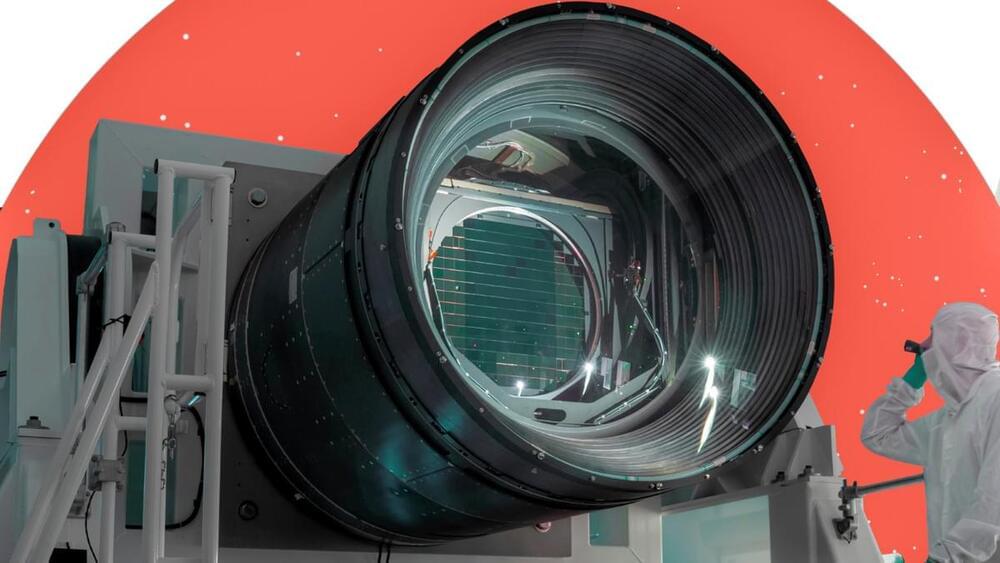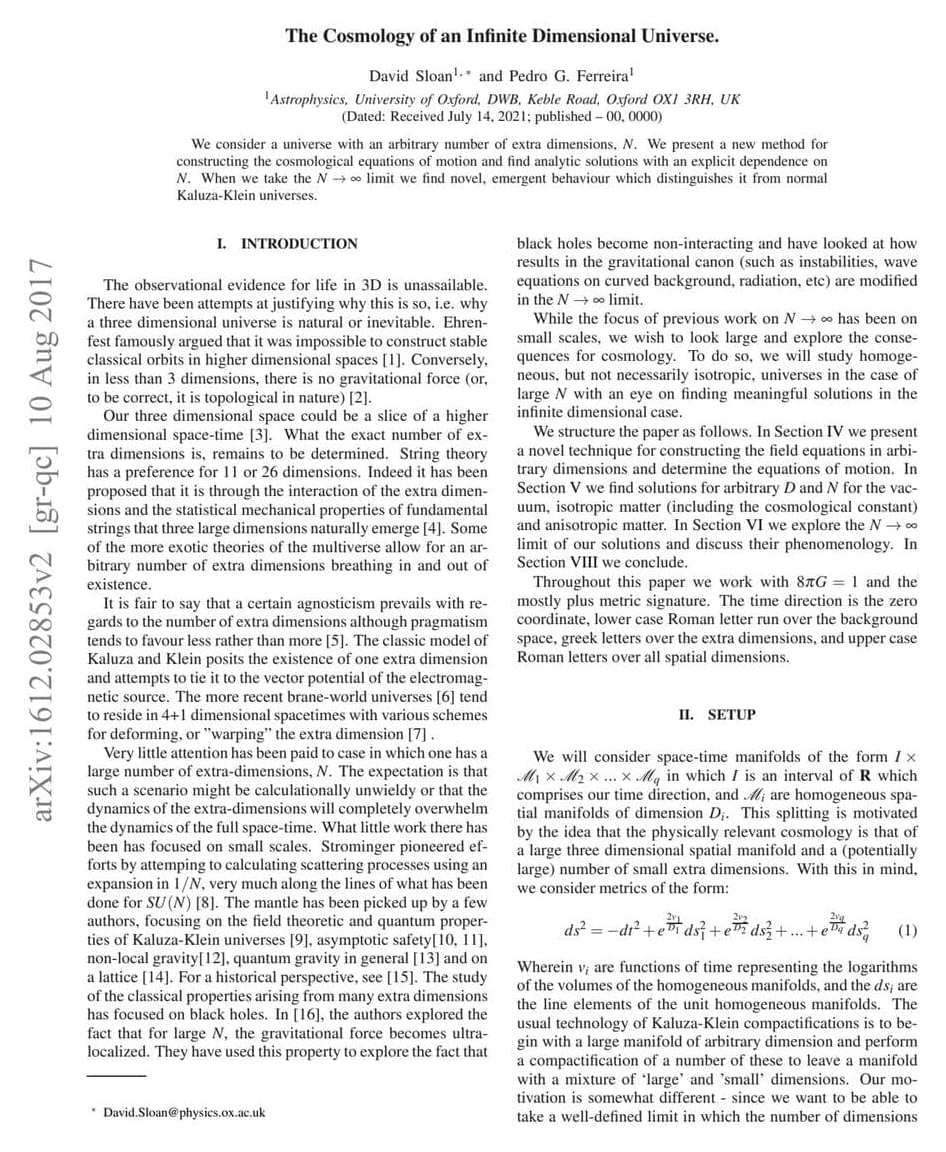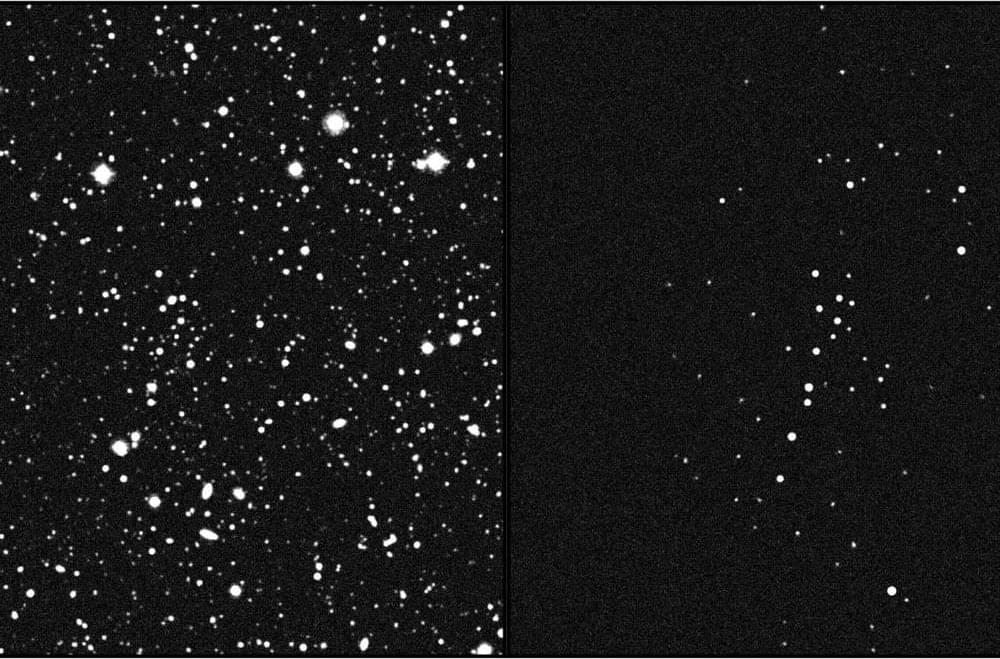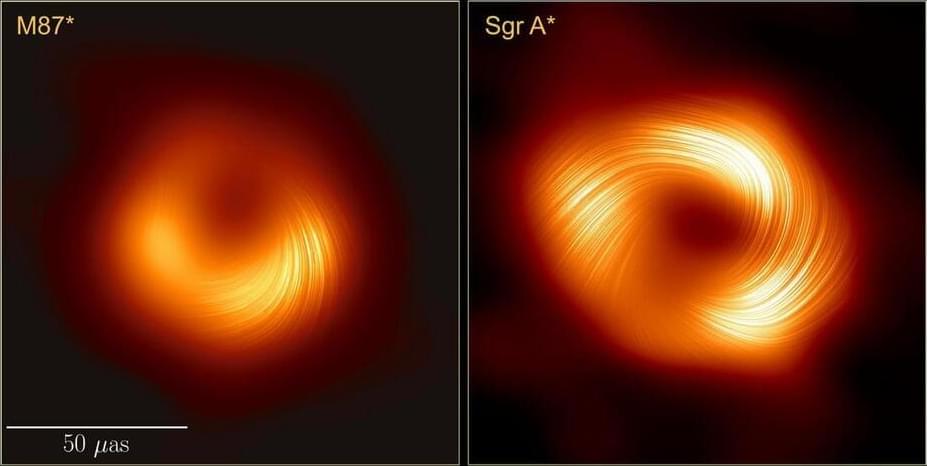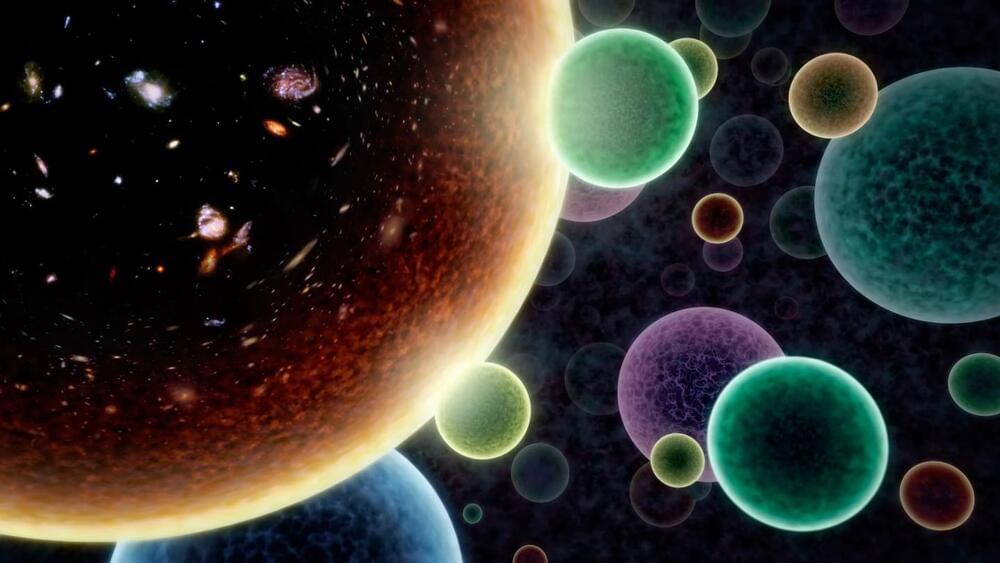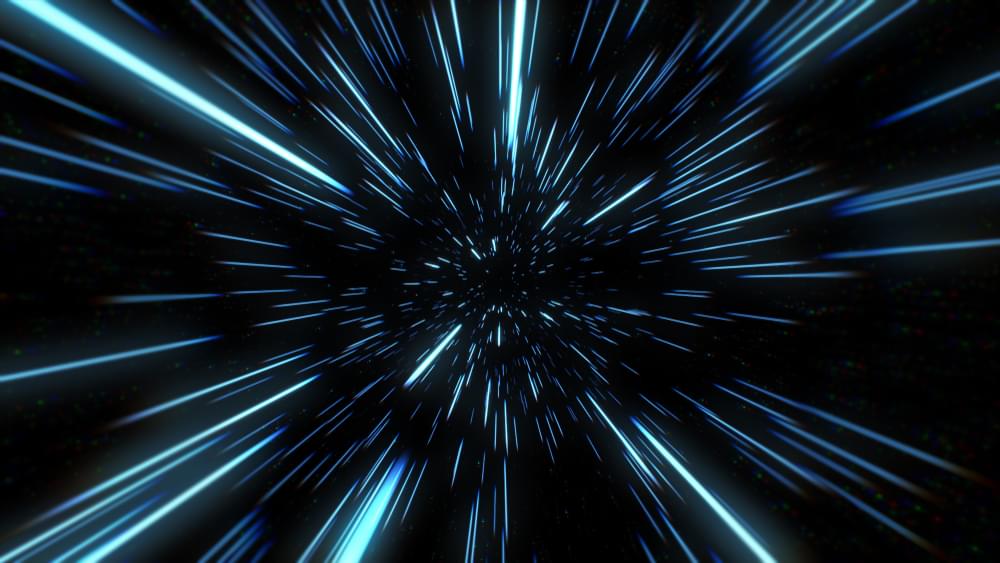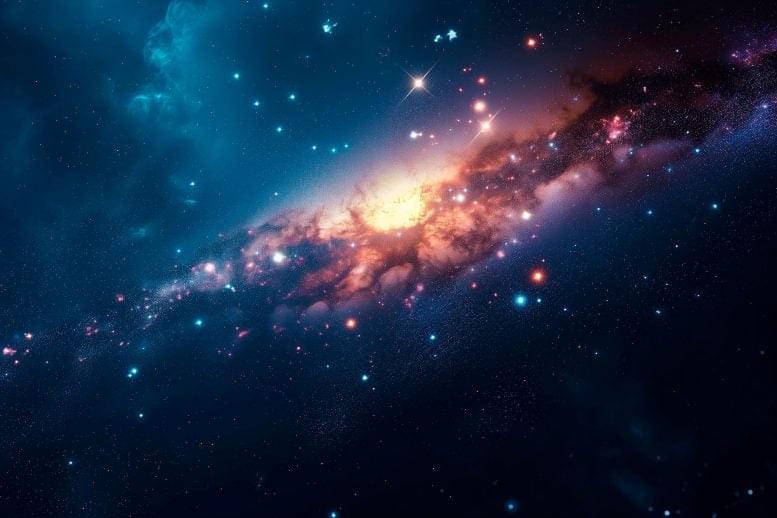The 3,200-megapixel LSST camera is the size of a compact car and weighs in at 3 metric tons, which is about half the weight of a male African bush elephant. The LSST’s wide-field view will attempt to solve lingering mysteries surrounding dark energy, the force that accounts for around 70% of our universe’s matter-energy content and causes the expansion of the cosmos to accelerate.
The LSST will also investigate dark matter, the mysterious substance that accounts for around 85% of all stuff in the cosmos despite being invisible to us, as well as answer other astronomical questions as it creates what Željko Ivezić, Director of Rubin Observatory’s construction, describes as the “greatest movie of all time and the most informative map of the night sky ever assembled.”
